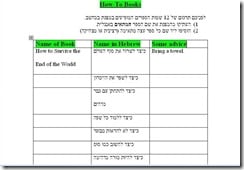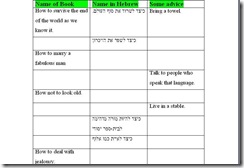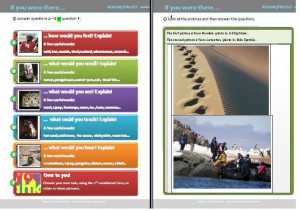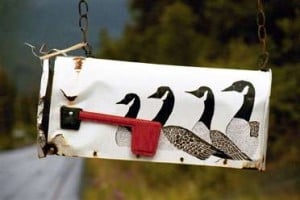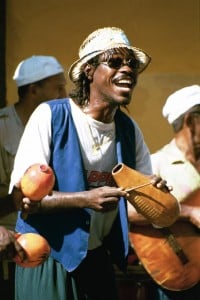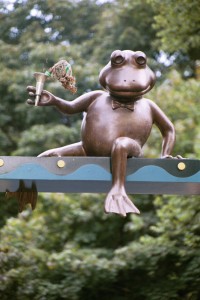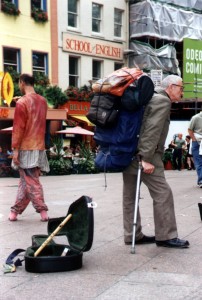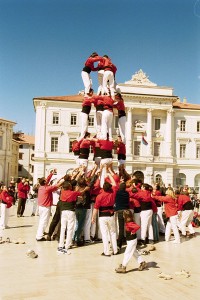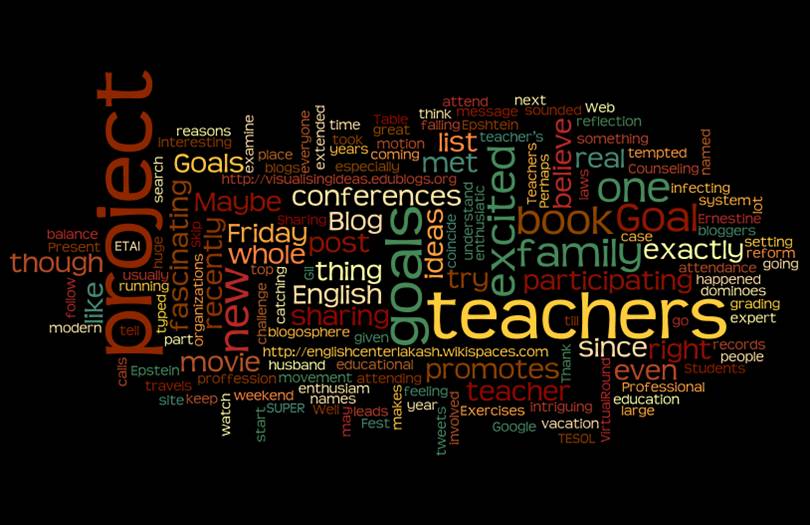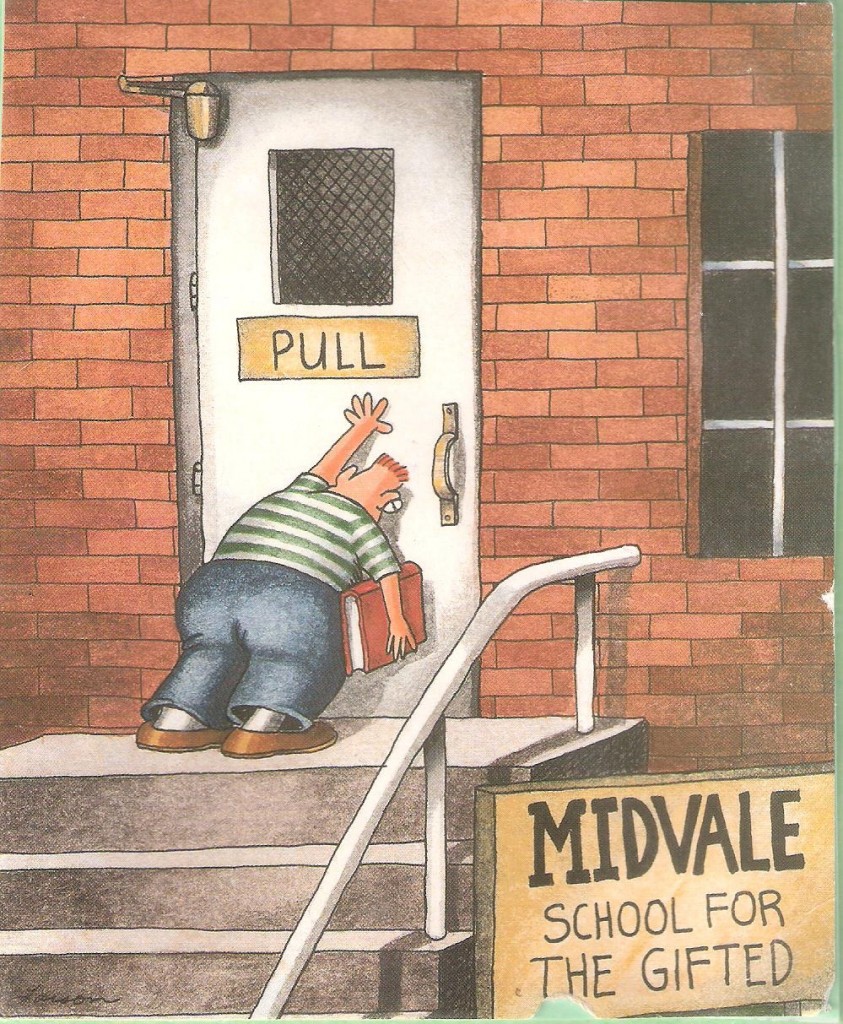I was inspired by Magpie Moments “Using Tickets – an Unplugged Approach” lesson to try and adapt this lesson using authentic tickets. The idea for using tickets came from Sandy Millin’s very inspiring (Almost) Infinite ELT ideas blog.
I thought this would be suitable for a beginning of the year activity, when the students are making the switch from the freedom of what is known here as “The BIG Vacation” to the demands of the school year.
However, as I changed the original lesson more and more, I began to wonder if I have lost the “unplugged” aspect of the lesson and it is no longer “Dogme” – hence my question: Has the dog run away with my ticket?
I’ll describe the lesson I’m planning according to Anna’s framework.
Think about it
Anna says “… a topic like transport, journeys or events why not take a bit of time to find out what your learners’ experiences have been. Do they have any stories to tell? Or can they imagine some?”
While some of my teenage students are very active and are experiencing life just like other teenagers, others have an extremely limited life experience. I don’t want students to feel bad that some of their peers went to Europe over the summer vacation while they have nothing “cool” to tell. So I’m going to emphasize imagination. But in order to imagine things, you need to have some knowledge. I’m sure that if I asked those kids what types of tickets they could think of they would be able to think of only one type – either “cinema tickets” or “bus tickets” depending if the child ever rode on the bus alone. So there has to be a section of the lesson that precedes having them imagine things.
Get it ready
It’s great to plan this lesson now – it will be easy to collect a wide variety of tickets over the summer holidays – will ask my friends to help! Unlike Anna, I will not bring in blank colored papers – these are teenagers! A third of them will be new 10th graders, just beginning high-school. At the beginning of the year teenagers are especially concerned about their image – that would seem babyish to them!
Set it up & Let it run
As I teach in the format of a learning center, students will be working on this in pairs or groups of three. In order to be creative later, the students must first see how many different kinds of tickets there are. I plan to scatter a bunch of different kinds of tickets on the table, have the students choose tickets (each one numbered) and fill in a chart on a worksheet looking something like this:
| Ticket Number |
What is it for? |
Which country is it from? |
How much does it cost? | Would you like to go there? |
We did not have an oral discussion before the activity as we speak Hebrew and Israeli Sign Language in class and it wouldn’t serve as a language preparation. Yet we will be discussing background information as they work on filling the chart (unfamiliar names of countries & currencies, unfamiliar concepts such as “a fair”. etc.)
Round it off & Follow up
Now I go back to Anna’s lesson and turn to the WEG style table for the MAGIC TICKET. This will be with Velcro on the back so that it can hang on the wall. Actually there will be more than one sheet as this will be for all the kids, to be filled in over the first week. Each student fills out what he /she would do with a magic ticket to anywhere. The table will look like this:
| Type of Ticket | Where to? | Why? | |
| Dror | |||
| Tamar | |||
| Sarit | |||
| Noam |
As the students are from wildly different levels and I basically want them all to do the activity, some students will need more help than others. But that’s the beauty of having it as a beginning of the year activity. In regards to the new 10th graders whose level I’m trying to asses – seeing how much help they need with this activity will give me a great deal of information about their level of English and general world knowledge. In addition, the students will be working in pairs or groups of three so they can help each other too.
Of course, there may be one or two who won’t cooperate at all…. Sigh!
There’s the lesson.
Have I lost the “Dogme” part by adapting it so much? I knew I was teaching “unplugged” that day the students came in wet and we worked on that on the spur of the moment. However, I can’t begin the school year, with a third of the students whom I haven’t met, in such a manner!
So, has the dog run away with my ticket?

